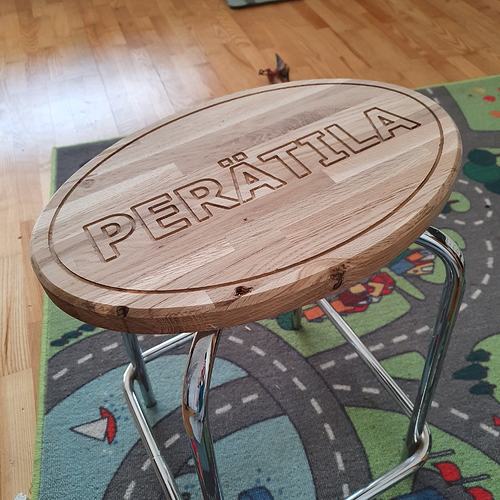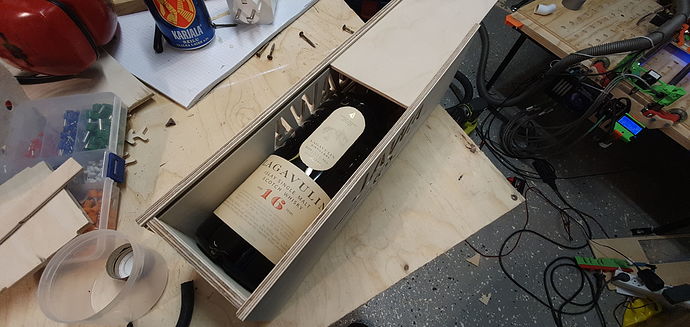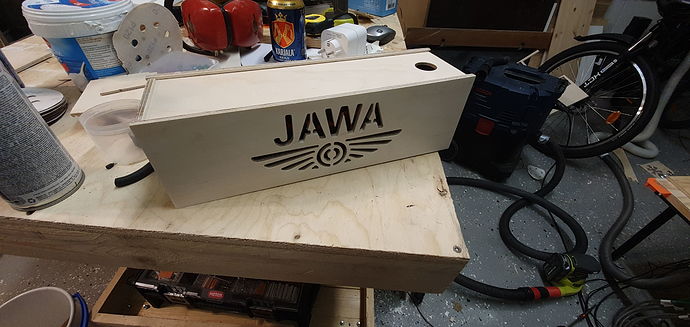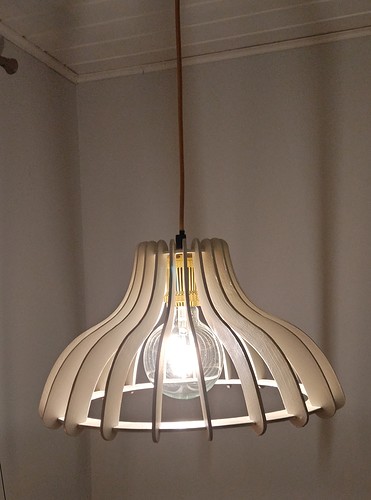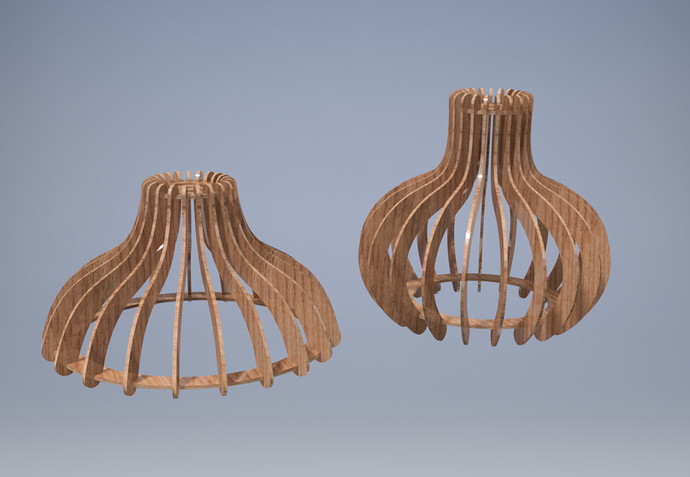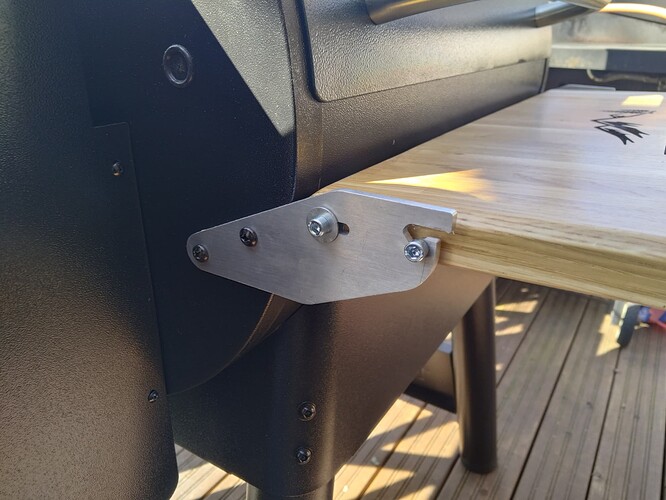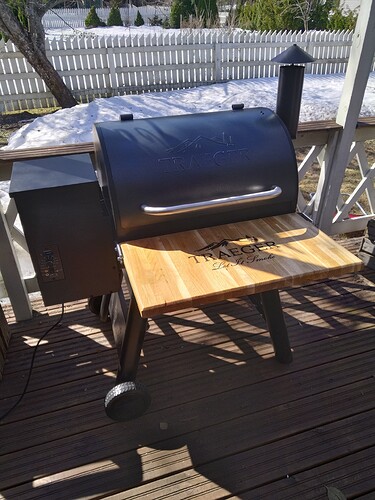Hi all!
I’ve been lurking around the forum without participating for a year now. I actually did print and assemble a MPCNC, which failed. Or actually I failed. I made it for a 600mm by 600mm (by 50 mm) work area, but only got it to run well for a really short while during the summer. For that few runs that I got out of it - it was magnificent. Then I took some slack out of the connections and the belts, got some cheap Chinese carbide bits, possibly broke some plastic parts - and as you could guess - it didn’t work at all afterwards. At that point I discovered that there actually were some actual instructions for the assembly, which I never saw before due to mostly reading on my phone screen. But at that point the damage was already done, and I think the parts that I printed weren’t too great of a success to begin with (practically the first true prints I ever made).
Also halfway through that failed build I also started to ogle over that fence, to the next garden with the greener grass and full stack of features known as LowRider. And just when the MPCNC build was failing the harders, the LR2 came out. At that point I made my decision and sweep the remnants of my motivation off the floor, wait for some more to accumulate and start again later.
And now’s the time. I think you already understand the name of the build. I want to redeem myself, as the failed build doesn’t exactly sit well with my appropriate educational background, if you know what I mean…
So I started to print the parts on my Creality CR-10, with a 1mm nozzle to see what it yields, and also to deliver some substance to the build from the get go (although I know that there is some heavy weight printing experimentation done on the forums already).
Print durations come to be very reasonable with the 1mm nozzle, but I’m still more after the rigidity and the strength of parts. (Print setting for the curious: 0.25 layer, 2 shells, 45% infill, speed 2400mm/s, retraction 7,5mm and extra restart distance -0.1mm, wipe 4 mm, coasting around 1mm, eSun PLA, 215 deg-C, values are as I recall them and can’t check atm.)
Most of the hardware has been ordered from all over Europe and Asia due to the lovely logistics when shipping to Finland. I’m going to go with Ramps 1.6 (MPCNC was GRBL) and Makita RT0700 router.
So far I have only one question/note. Is it really so, that the new design doesn’t get “clamped” to the table with the wheels like the first gen? So the router is only held down by its own weight?
EDIT: Forgot the obvious! Thank you Ryan for some awesome designs! Even if my first build was a failure, It was a valuable lesson and I got to learn very much while making it.





